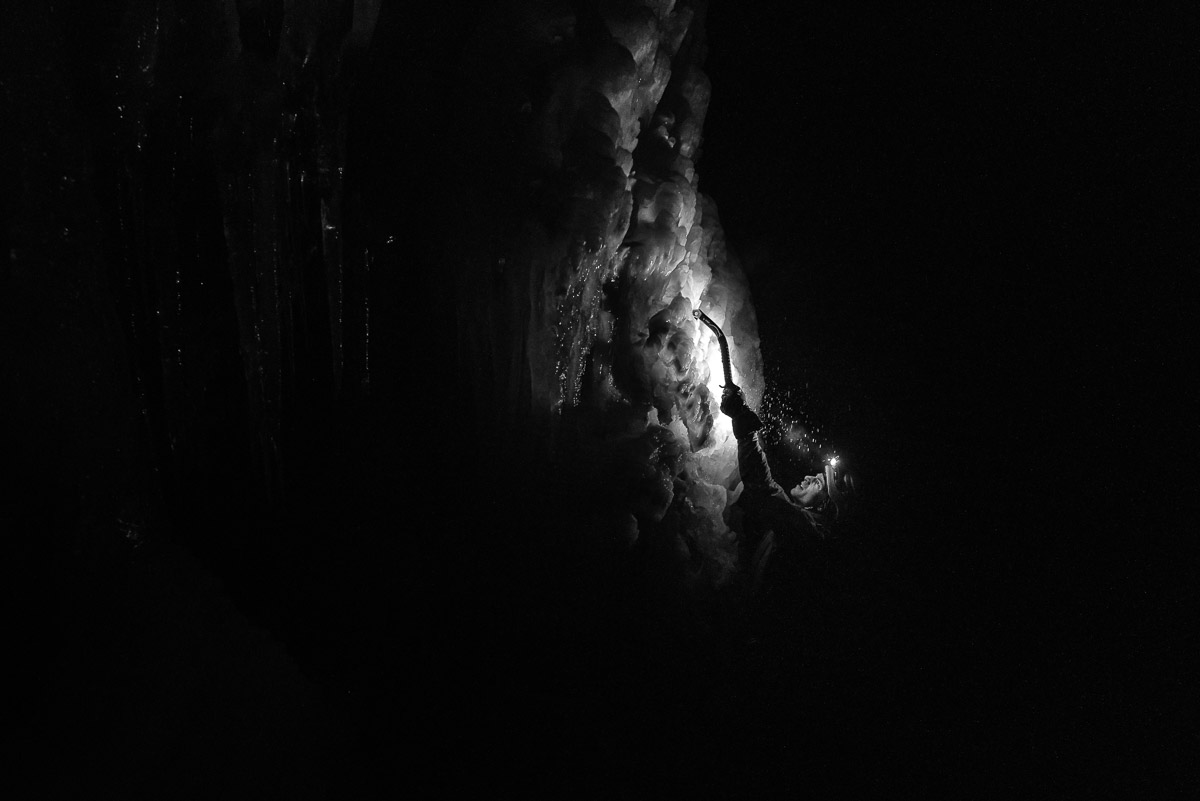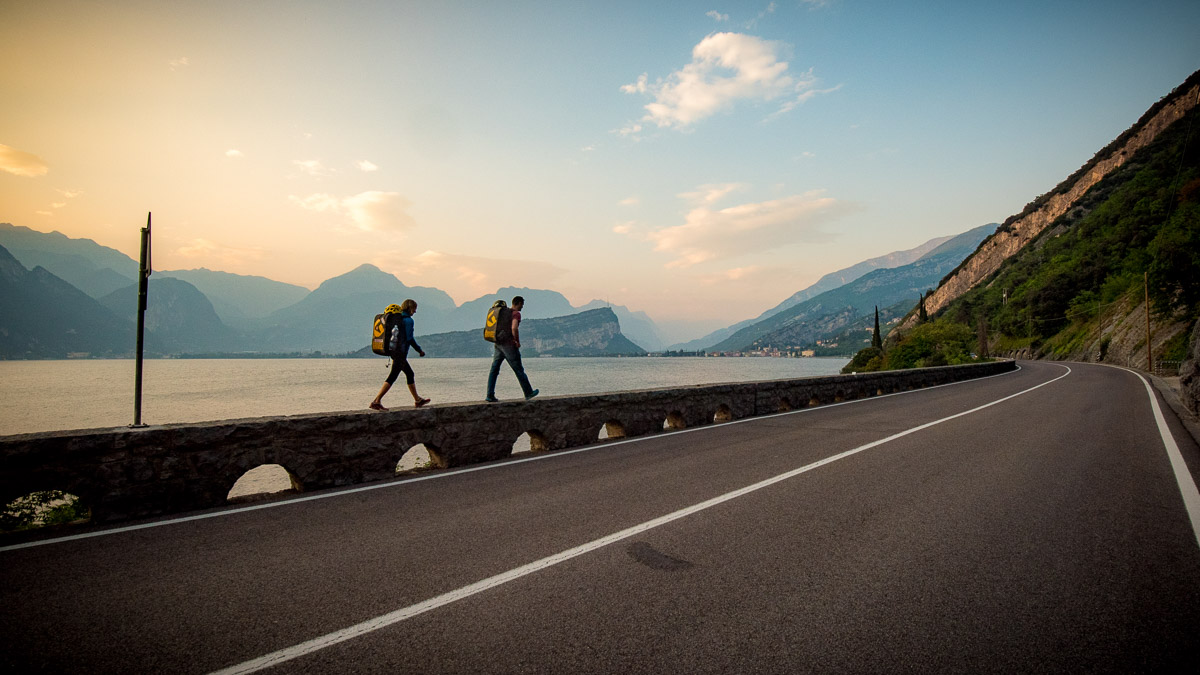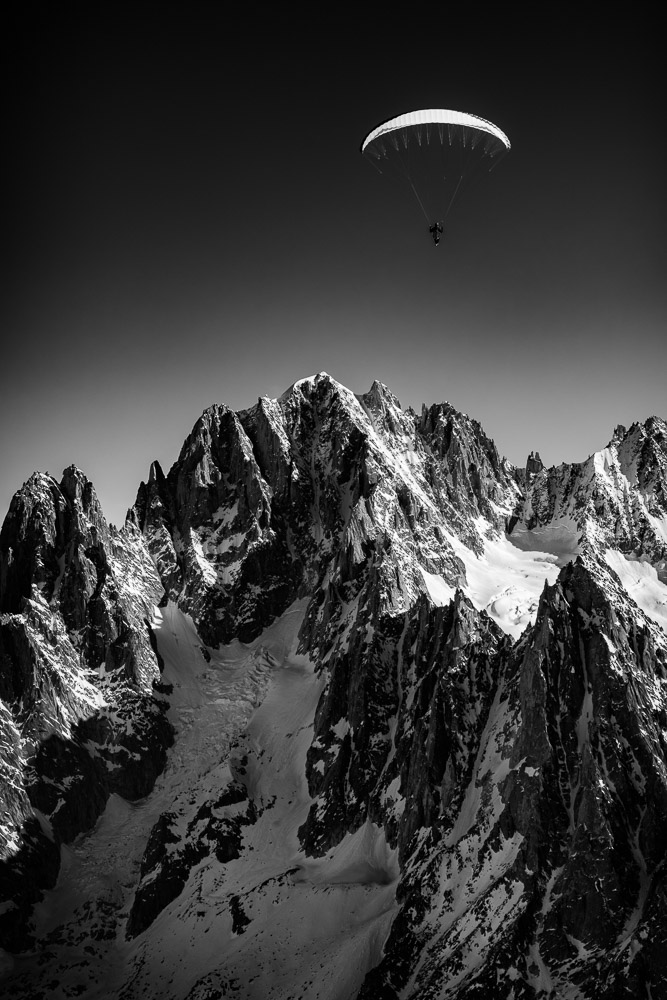Roger N. Clark Dec 24, 2014
Intro to Photography Class
Better known as Reddit Photoclass
09 – ISO
In this lesson, we will tackle the last of the three exposure controls (along with shutter speed and aperture): the ISO speed, also sometimes called sensitivity. Once you have mastered these three controls, you will know 90% of what you need to know to create (technically) good images which reflect your vision.
If we go once again (last time, I promise) to the pipe and bucket analogy, ISO corresponds to how fine the filter above the bucket is. If you decide to use a very fine filter (low ISO), you will get high quality water (light), but less of it. This is ok as long as you have enough water to fill your bucket, as you can afford to be picky, but when the flow reduces (it gets dark), you will have to make compromises and increase the coarseness of your filter (increase the ISO), which means you will get impure water with increasing amounts of garbage (noise) mixed in.
ISO is one of the fundamental differences between film and digital (which we will discuss in more details later). It is a physical property of the film you are using, and the only way to modify it is to change to a new roll – not the most convenient. With digital, you can easily change ISO between shots, simply by turning a wheel (or for the unlucky, digging into a menu), which permits perfect adaptation to the current light conditions. For those who shot film a long time ago, you may have used different words for sensibility: ASA or din. The first is exactly the same than our current ISO, it simply changed name when it became standardized. The latter uses another logarithmic scale and is completely outdated. Conversion between the two is quite straightforward, though.
Concretely, increasing ISO means allowing more light in, but also more noise, especially in the shadows. Exactly how much noise depends on your sensor – typically, larger and more recent sensors can go to higher ISOs before noise becomes unacceptable, sometimes to ridiculous levels like with the Nikon D3s. It is quite deterministic, though: the same camera will always produce the same amount of noise at the same ISO, so it can be very useful to do some testing on your camera and see how bad it exactly is. Every photographer tends to have a list of ISO values: base ISO (see further), first ISO at which noise is noticeable, maximum acceptable ISO for good quality (that’s the really important one), maximum ISO he is willing to use in an emergency.
Like shutter speed and unlike aperture, ISO is a linear value. Double it and you double the amount of light. This makes it easier to determine what a stop is: simply a doubling of the ISO value. So if you are shooting at ISO 800 and want one stop of underexposure, go to ISO 400. If you want one stop of overexposure, go to ISO 1600.
It is fairly easy to remove noise from an image, and most cameras have some form of noise reduction accessible through the menus. However, what this does exactly is often misunderstood: if removing noise is indeed easy, what definitely isn’t is keeping the details accurate. Due to the way NR works (averaging pixels in each zone to suppress those that “stand out” too much), it will also smooth textures and overwrite fine details, leading to a very plastic look which appears instinctively wrong. It is especially disturbing with skin tones, as heavy NR will make it look like your subject went bananas with makeup.
What this boils down to is: even with good noise reduction, noise remains relatively unescapable, and if you aren’t careful, the medicine will prove worse than the illness.
Every camera has a base ISO, usually between 100 and 200. This is the sensibility at which image quality will be optimal, and you should move away from it only when you have a good reason to. Going to higher ISOs will, of course, increase noise, but perhaps surprisingly, going below it will result in decreased dynamic range.
One other misconception is that you can avoid increasing ISO by instead underexposing the image and bringing exposure back up in post-processing. Ironically, this is exactly what your camera does when you increase ISO, so you will get exactly the same amount of noise.
Assignment
As in the past two days, this assignment will be quite short and simply designed to make you more familiar with the ISO setting of your camera.
First look into your manual to see whether it is possible to display the ISO setting on the screen while you are shooting. If not, it is at least almost certainly possible to display it after you shot, on the review screen.
Find a well lit subject and shoot it at every ISO your camera offers, starting at the base ISO and ending up at 12,800 or whatever the highest ISO that your camera offers. Repeat the assignment with a 2 stops underexposure. Try repeating it with different settings of in-camera noise reduction (off, moderate and high are often offered).
Now look at your images on the computer. Make notes of at the ISO at which you start noticing the noise, and at which ISO you find it unacceptably high. Also compare a clean, low ISO image with no noise reduction to a high ISO with heavy NR, and look for how well details and textures are conserved.
11 Comments
-
-
Oh please.
-
Having read this I thought it was extremely engiihtengnl. I appreciate you spending some time and energy to put this informative article together. I once again find myself personally spending a lot of time both reading and commenting. But so what, it was still worthwhile!
-
-
-
http://imgur.com/a/JZZR0
taken on iPhone 5s
image 1: 64 ISO
Image 2: 40 ISO
Image 3: 40 ISO
Image 4: 50 ISO
Image 5: 200 ISO -
When you say “Repeat the assignment with a 2 stops underexposure. “, how different is-it from the previous exercise of taking pictures with every ISO the camera offer?
-
Yes I would like to know this too.
-
You can go 2 stops under exposure by adjusting either aperture or shutter speed as discussed in the previous lessons.
-
-
Пользование банковскими картами становится все удобнее. Теперь пользователей карт Сбербанка банка РФ есть возможность узнавать баланс, погашать кредит, оплачивать счета, выполнять другие операции с карточками через интернет. Необходимо выполнить вход в личный кабинет Сбербанк Онлайн.
Что нужно для входа в Сбербанк Онлайн?
” – доступ в интернет;
” – пластиковая карта Сберегательного банка;
” – пароли для активации;
” – подключенный мобильный банк от Сбербанка.
Как выполнить вход в Сбербанк Онлайн
Для входа в личный кабинет Сбербанк Онлайн, необходимо стать пользователем услуги “мобильный банк Сбербанка” — http://sberbank-onlajn.ru/ – www sberbank ru ru person
Подключить ее можно в отделении кредитной организации, при помощи банкомата, необходимо иметь карту и код, кроме этого при первичной авторизации в Сбербанк Онлайн.
Зайти на страницу авторизации: esk.sbrf.ru. Далее нужно ознакомиться с правилами использования системы Сбербанк Онлайн и мерами предосторожности во время работы с банковскими картами.
Достоинства приложения для мобильного
Потребуется ввести в требуемые строки идентификатор пользователя и его пароль. Для получения таких данных при подключенном мобильном банке Сбербанка можно воспользоваться телефоном, набрав номер горячей линии8-800-555-55-50 или отправить СМС-сообщение на короткий номер 900 со словом “Пароль”. И можно получить требуемые данные с помощью банкомата (вставьте свою карточку, ввести ПИН-код, выбрать раздел ” Интернет обслуживание “, а после “Печать идентификатора и пароля”, забрать чек). При необходимости или возникновении сложностей с получением номера и пароля для входа в систему Сбербанк Онлайн можно обратиться в отделение банка.
Когда вы введете идентификатор клиента и пароль от Онлайн системы Сбербанк, система запросит подтвердить вход. На ваш телефон придет код подтверждения, который следует внести в появившееся окошко.
В том случае, если услуга “мобильный банк Сбербанка” подключена не была, а пароли для входа в личный кабинет Сберегательного банка Онлайн — сбербанк www sberbank http://sberbank-onlajn.ru/ – sberbank-onlajn.ru были вам отправлены, возможно при первом посещении системы включить как платную, так и бесплатную версию мобильного банка.
Интересно!
Никогда не храните пароли от личного кабинета Сберегательного банка Онлайн в легкодоступном месте, рядом с мобильным телефоном или пластиковой картой. Мошенники могут взять личную информацию при краже для снятия денежных средств с банковской карты. -
-
Тому я не зміг утриматись від коментарю.
Дуже добре написано! -
j41j8j




“Concretely, increasing ISO means allowing more light in, but also more noise, especially in the shadows. ”
No it doesn’t. Increasing ISO does not change the amount of light captured by the sensor. You can only get more light into the sensor by lengthening exposure time or opening the aperture. When you increase ISO one usually decreases one of the only real two pillars of exposure with digital cameras: exposure time or aperture (diameter). The reason that high ISO images have more noise is because you reduced the amount of light. The noise in the image is the square root of the amount of light received by the sensor. See:
http://www.clarkvision.com/articles/iso/
Roger Clark